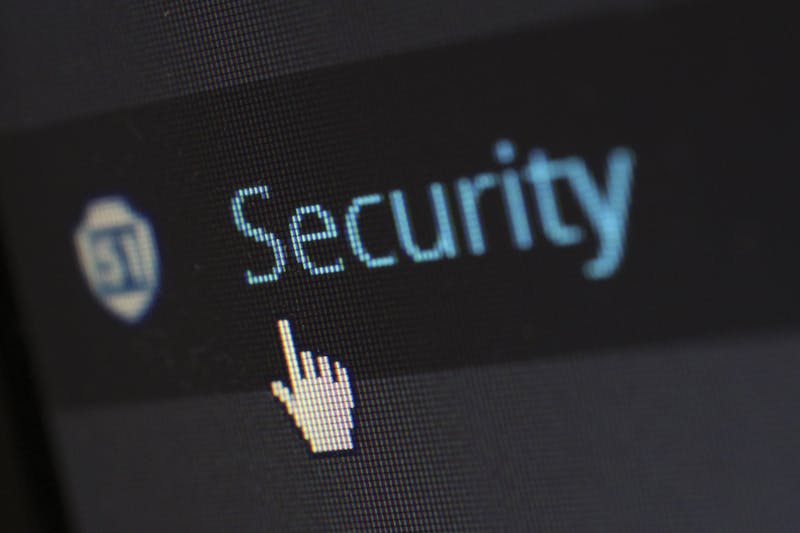
January 12, 2024
6 min read
Sarah Martinez
Protecting Your Privacy During Online Development
Essential strategies and tools for maintaining privacy while developing and testing web applications in an increasingly connected world.
privacysecuritydevelopmenttools
# Protecting Your Privacy During Online Development
As developers, we often expose our personal information while testing and building applications. Here's how to maintain your privacy while staying productive.
## The Privacy Challenge
Modern development involves:
- Testing with real-looking data
- Signing up for various services
- Sharing code and configurations
- Using third-party APIs and tools
Each of these activities can compromise your privacy if not handled carefully.
## Essential Privacy Tools
### 1. Temporary Data Generators
Use tools that generate:
- Temporary email addresses
- Fake phone numbers
- Test addresses
- Sample credit card numbers
### 2. Virtual Private Networks (VPNs)
VPNs help by:
- Masking your real IP address
- Encrypting your internet traffic
- Allowing testing from different locations
### 3. Separate Development Environments
Create isolated environments for:
- Testing new tools and services
- Experimenting with code
- Trying potentially risky integrations
## Data Minimization Strategies
### Use Realistic but Fake Data
- Generate data that looks real but isn't
- Avoid using any actual personal information
- Use temporary services for all testing needs
### Compartmentalize Your Digital Life
- Keep development and personal accounts separate
- Use different browsers or profiles
- Maintain separate email addresses for different purposes
## Best Practices
1. **Never use real personal data for testing**
2. **Regularly clean up test accounts and data**
3. **Use temporary services whenever possible**
4. **Keep your development environment isolated**
5. **Be cautious with third-party integrations**
## Conclusion
Privacy protection in development isn't just about personal security—it's about professional responsibility and creating a sustainable development practice that protects both you and your users.
As developers, we often expose our personal information while testing and building applications. Here's how to maintain your privacy while staying productive.
## The Privacy Challenge
Modern development involves:
- Testing with real-looking data
- Signing up for various services
- Sharing code and configurations
- Using third-party APIs and tools
Each of these activities can compromise your privacy if not handled carefully.
## Essential Privacy Tools
### 1. Temporary Data Generators
Use tools that generate:
- Temporary email addresses
- Fake phone numbers
- Test addresses
- Sample credit card numbers
### 2. Virtual Private Networks (VPNs)
VPNs help by:
- Masking your real IP address
- Encrypting your internet traffic
- Allowing testing from different locations
### 3. Separate Development Environments
Create isolated environments for:
- Testing new tools and services
- Experimenting with code
- Trying potentially risky integrations
## Data Minimization Strategies
### Use Realistic but Fake Data
- Generate data that looks real but isn't
- Avoid using any actual personal information
- Use temporary services for all testing needs
### Compartmentalize Your Digital Life
- Keep development and personal accounts separate
- Use different browsers or profiles
- Maintain separate email addresses for different purposes
## Best Practices
1. **Never use real personal data for testing**
2. **Regularly clean up test accounts and data**
3. **Use temporary services whenever possible**
4. **Keep your development environment isolated**
5. **Be cautious with third-party integrations**
## Conclusion
Privacy protection in development isn't just about personal security—it's about professional responsibility and creating a sustainable development practice that protects both you and your users.

About Sarah Martinez
Cybersecurity expert and developer advocate focused on privacy-first development practices.